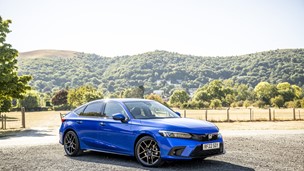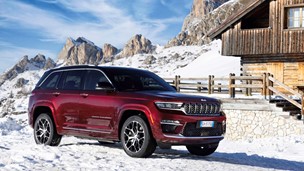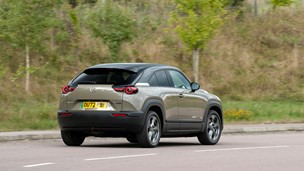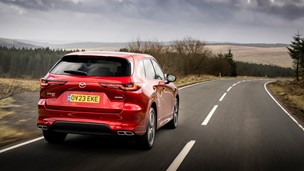There are three sensible reasons for wanting a full-size 4x4, apart from a requirement for an elevated driving position and the kind of vehicle with which other commuters or motorway drivers prefer not to tangle.One is if you regularly commit off-road motoring, the second is if you need to tow something, and the third is if you want all-weather four-seasons transport.It was the last of these which made sense during at least part of our time with the Discovery. In sleet and driving winds, with motorways likely to flood, and the threat of heavy snowfalls, there’s nothing to beat four-wheel drive and a high ground clearance. And the steady pull of a turbo diesel engine doesn't do any harm, either.The Discovery, of course, has been around for rather a long time now, and some of its proportions - wheelbase compared with overall height and bumper-to-bumper length, for instance - are pretty old hat. For open-road stability, I'd rather have the front and rear wheels a lot farther apart, and I don’t understand why, with such a relatively short wheelbase, it has to have such a wide turning circle. Manoeuvring in tight corners or reversing into a standard kerbside parking space isn't easy.Current models have a much more businesslike headlamp arrangement than there used to be, and there's no doubt that the Discovery still looks the business, with its superior wheel designs, substantial roof rails, and twin electric sunroofs in all but the entry-level version.The wheelbase problem shows up in the way the rear arches intrude so far into the doors, but the placing of the external spare wheel suggests that there's plenty of load volume behind the back seats.That wasn't quite the case in the test car, with its pair of fold-down seats making up an occasional third row. Of course, this layout reduces the load space, but for anybody who isn't likely to need more than five seats there's a model with just that many. In any case, the second- and third-row seats can be folded out of the way as required, and the extreme set-up is to have the Discovery as a two-seater with almost a removal van load volume.The top ES interior specification is pretty lavish, including everything from leather-faced seats with heating elements and electrical adjustment for the front pair, to burr walnut trim and just about the most effective auto-dimming interior mirror I've encountered. It's handy, too, that the otherwise in-the-way centre rear headrest can be lowered with the armrest when there's nobody sitting in that seat.Right from the start, the Discovery was designed with excellent rear headroom (which helps to compensate for the moderate legroom) and far more in the way of stowage spaces than was usual when it was originally introduced to the market. Many rival 4x4s of this size have certainly caught up, but the Discovery still has a pretty classy interior well supplied with very practical features. As with most Land Rover products, there's a massive range of accessories and extra-cost options.Naturally, the Discovery has a formidable off-roader and tow-car mechanical specification, with a transfer box, self-levelling suspension and so on, but the current models also come with features like Active Cornering Enhancement, traction control, ABS and EBD, to improve their behaviour in normal motoring.All the same, this is not a car to be pressed on too briskly over winding and/or undulating roads, because it's simply not designed from the ground up for that kind of thing.On the other hand, it's pretty good at barrelling its way through bad-weather conditions, although, once again, the short wheelbase and high bodywork mean it doesn't enjoy encountering too much in the way of gusting crosswinds.With its 220lb/ft of torque at 1950rpm (there's more in the automatic) the turbo diesel engine in the manual transmission ES pulls quite hard. On sustained climbs it tends to fade a little, though, and sometimes appreciates a change down.There's a 20.5 gallon fuel tank, and after 426 miles of mostly motorway going it was rather eye-watering to see the cash figures on a filling station pump whirr round to £60 plus.Second opinion: You only have to look at the sales figures to realise why Land Rover hasn't needed to bother about replacing the Discovery. Still, the age of the design is showing in small details that would never make past the prototype stage nowadays: the driving environment is cramped, fitting the key into the ignition lock is a fiddly process and the gearlever sits too close to the handbrake when you select reverse. The Discovery is also, among serious off-roaders, one of the least car-like to drive on tarmac. And in addition to the turning circle problem mentioned above, the diesel version seems very easy to stall while manoeuvring in car parks and such like, though this may have been a problem with the test car. Or, indeed, with me. David Finlay. Engine 2495cc, 5 cylinders Power 135bhp Fuel/CO2 30.1mpg / 262g/km Acceleration 0-60mph: 14.2 seconds Top speed 98mph Price £33,095 Details correct at publication date
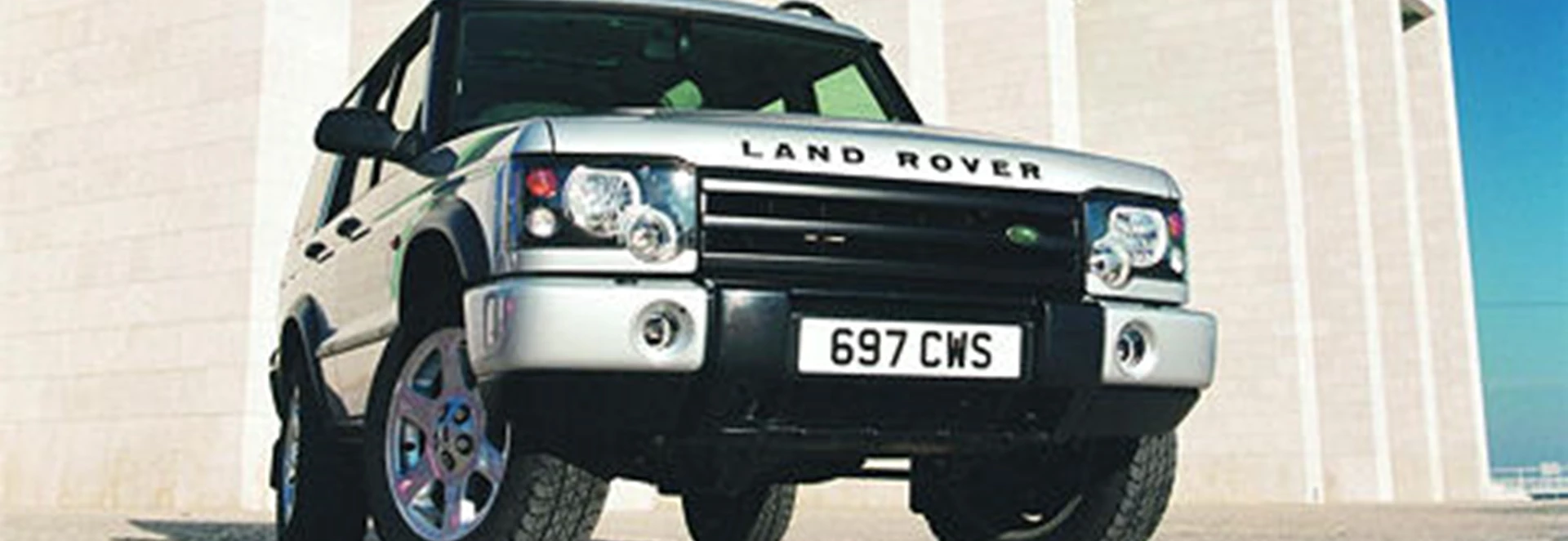
Our Rating
